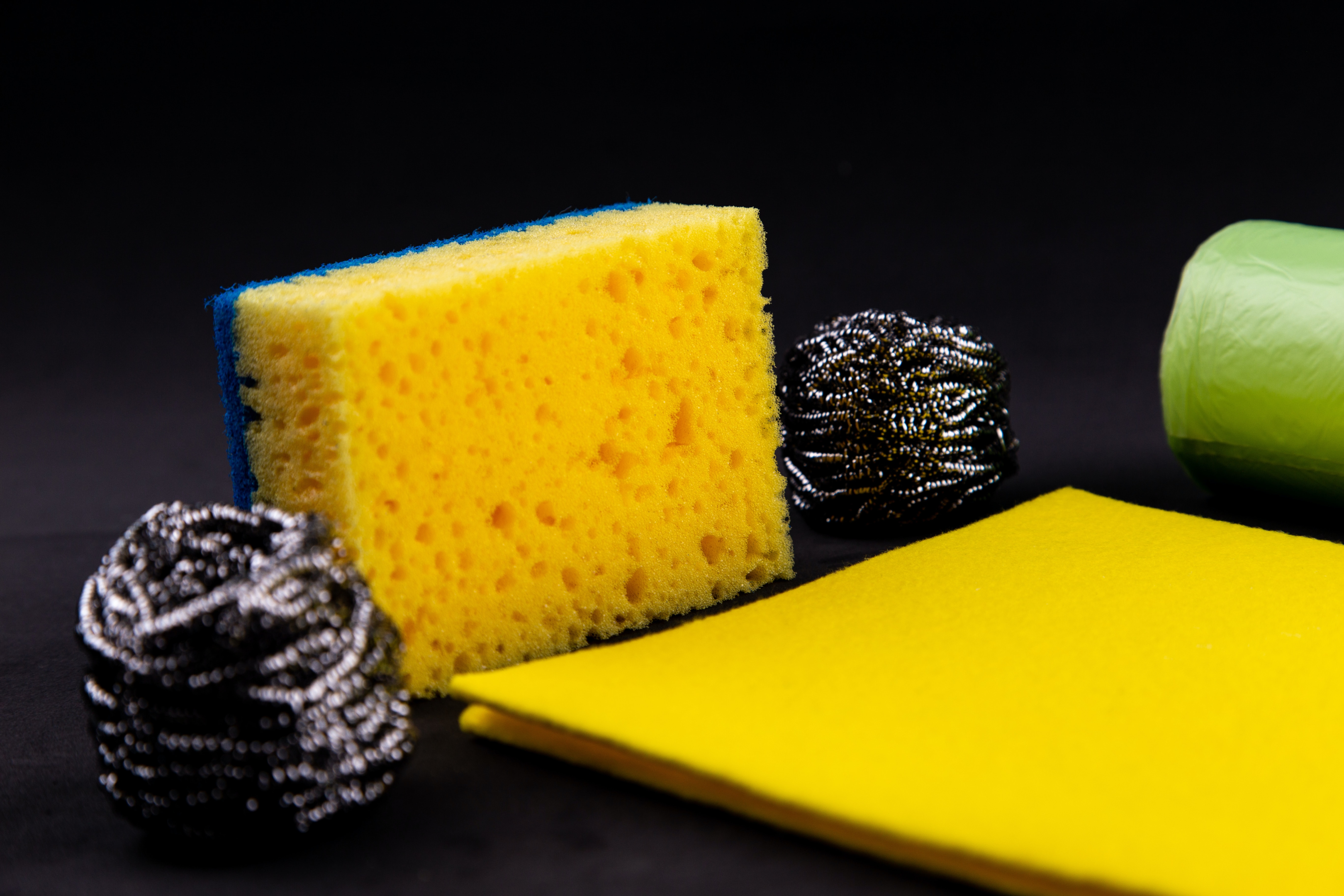How to Get Acrylic Paint Off Clothes Quickly and Easily
Have you ever accidentally spilled acrylic paint on your clothes and struggled to remove the stubborn stain? Fret not; we’ve got you covered! Acrylic paint can be a real challenge to remove from clothes due to its unique characteristics, but with the right knowledge and quick action, you can save your favorite garments. Read on to learn how to get acrylic paint off clothes efficiently, whether the stains are wet or dried, and prevent future mishaps.
Key Takeaways
- Understanding acrylic paint stains requires quick action and the right materials.
- Removing wet or dried acrylic paint from clothes can be done with a variety of solutions, but always test first.
- Taking precautionary measures such as protective clothing helps to prevent future stains.
Understanding Acrylic Paint Stains
Acrylic paint is a versatile medium that is water-soluble when wet, yet becomes water-resistant when dry. This transformation makes removing acrylic paint from clothes a challenging task. Taking immediate action enhances the chances of successful stain removal, particularly when attempting to remove paint from clothes. If left untreated, the dried acrylic paint forms a water-resistant layer, making it even more difficult to remove.
Whether faced with wet or dried acrylic paint stains, acting swiftly and using the right materials and techniques boosts your odds of successful stain removal. Keep in mind that different methods work better for wet or dried stains, and being prepared with the right tools can make all the difference.
Gathering Necessary Materials
Before jumping into stain removal, gather the necessary materials. You’ll need:
- A spoon or credit card
- Cold water
- Soapy water
- Window cleaner or isopropyl alcohol
- Acetone
- Dishwashing liquid
These materials, including nail polish remover, will help dissolve acrylic paint and make it easier to remove acrylic paint from clothes.
When choosing a stain remover, opt for an enzyme-based or heavy-duty liquid laundry detergent. Avoid using industrial solvents such as acetone and paint thinner, as they can damage the fabric and pose a risk of spontaneous combustion in your washing machine.
Removing Wet Acrylic Paint Stains
If you’ve just spilled acrylic paint on your clothes, act immediately. Here’s what you can do:
- Start by scooping off any excess paint with a spoon or credit card.
- Next, run cold water through the back of the stain to help flush out the paint.
- If you can’t wash the clothes right away, dab them with soapy water to help loosen the paint. Remember to avoid rubbing, as this can push the paint further into the fabric and make it harder to remove.
Prompt action and adherence to these steps will help increase your likelihood of successfully removing wet paint, particularly wet acrylic paint stains, from your clothes before they dry and become harder to remove.
Dealing with Dried Acrylic Paint Stains
If you’re dealing with dried acrylic paint stains, don’t worry – all hope is not lost. Here’s how to remove them:
- Start by scraping off any excess paint with a blunt knife or butter knife.
- Dampen a clean cloth with window cleaner or isopropyl alcohol, which is effective in breaking down the water-resistant top layer of dried acrylic paint.
- Gently blot the stain, working from the outside in to avoid spreading the paint.
- After treating the stain, rinse the area thoroughly with cold water.
Bear in mind that repeating this process may be necessary to completely eliminate the dried acrylic paint stain. Patience and persistence are key to successful stain removal.
Tackling Stubborn Stains

For exceptionally stubborn stains that won’t shift, consider a mixture of one part acetone and one part dishwashing liquid. Apply this mixture to the stain and let it work its magic. After treating your stain with the solution, rinse it with cold water and remove all residue.
If the stain still persists, consider using isopropyl alcohol, denatured alcohol, or rubbing alcohol as a last resort. Always remember to test any stain removal solution on an inconspicuous area of the garment first to ensure it won’t cause any damage.
Washing and Checking Clothes
After treating the acrylic paint stain, apply a laundry pre-treatment or stain remover, such as an enzyme-based product. Give the stain remover enough time to work its magic. Allow it to sit on the stain for at least 15 minutes..
Next, wash the garment in cold water, as warm or hot water can set the stain. Before drying the clothing, inspect the stained area and confirm the stain has been fully removed after the washing process.
If the stain is still visible, repeat the treatment and washing process as necessary. Remember, heat from a dryer can set the stain, making it permanent, so ensure the stain is gone before drying.
Using Commercial Paint Removers
If home remedies aren’t effective in removing acrylic paint stains from your clothes, consider using commercial paint removers specifically designed for fabrics to remove acrylic paint stains. However, be cautious when using certain solvents, such as acetone, turpentine, or petroleum-based paint strippers, as they can damage the fibers of acetate or triacetate fabrics.
In some cases, it might be worth paying for professional cleaning services to ensure the safe and effective removal of stubborn stains.
Preventing Future Acrylic Paint Stains
To avoid future acrylic paint stains, designate specific clothing as ‘art clothes’ and set up a protected workspace. This way, you can easily get paint out of clothes by simply not wearing your regular attire while working with acrylic paint. Cover your work area with a drop cloth or plastic sheet to catch any paint drips or spills.
Additionally, consider wearing protective clothing or an apron to keep paint away from your everyday clothes. Adopting these precautions can save you from the inconvenience of handling acrylic paint stains in the future.
Summary
In conclusion, removing acrylic paint stains from clothes can be a challenging task, but with the right knowledge, materials, and quick action, you can successfully eliminate these pesky stains. Whether you’re dealing with wet or dried acrylic paint, following the steps outlined in this article will help you tackle even the most stubborn stains. So, roll up your sleeves and get ready to reclaim your favorite garments from the clutches of acrylic paint!
Frequently Asked Questions
How do you get dried acrylic paint out of clothing?
To remove dried acrylic paint from clothing, use isopropyl alcohol and a cloth or cotton ball to rub it into the stain. Use circular motions and follow up with a damp, soapy washcloth to wipe the area free of alcohol. For stubborn stains, you can also use a toothbrush for scrubbing the rubbing alcohol into the fabric.
Does acrylic paint come out of your clothes?
Once dried, acrylic paint is very difficult to remove from clothing. Isopropyl alcohol is the best choice for removing it.
What removes acrylic paint?
Isopropyl alcohol is the most effective way of removing dried acrylic paint from clothing. Other agents such as ammonia, acetone, or paint thinner can be used to dissolve acrylic paint from hard surfaces, but should not be used on textiles.
Can I use vinegar to remove acrylic paint stains?
Yes, but vinegar may not be as effective for removing acrylic paint stains.
How can I prevent acrylic paint stains in the future?
To avoid acrylic paint stains in the future, set up a protected workspace, use designated clothing as ‘art clothes’ and consider wearing protective clothing or an apron.






Leave a Reply
Want to join the discussion?Feel free to contribute!